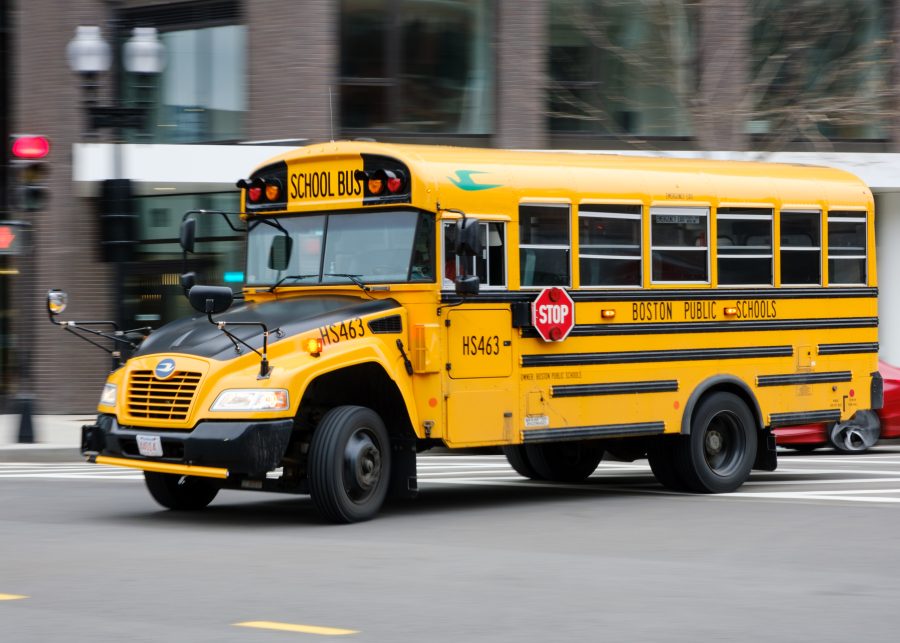On Sept. 8, Boston Public Schools commenced their new year with a looming uncertainty of fulfilling the teacher job vacancies. As of Aug. 15, more than 230 job vacancies were yet to be filled. As a result, the school committee met in August, where Acting Superintendent Drew Echelson reported that Boston Public Schools hired 996 teachers, 116 were in progress, and still had 230 vacancies before school began on “Sept. 8 for grades 1 to 12 and on Sept. 12 for kindergarten.”
“We’ve made huge investments in Boston Public Schools—new librarians, new social workers, new school counselors, new opportunities for school nurses across all of our BPS schools, and so there’s a lot of hiring to do,” said Echelson.
At the start of the summer, there were about a thousand job openings, and the COVID-19 pandemic significantly contributed to the teacher shortage. According to Jessica Tang, President of the Boston Teachers Union, online learning and the shutdown of schools prompted the teachers to leave their jobs, to a great extent. Tang further indicated that the decreasing respect for the teaching profession had played its role in discouraging educators and professionals from keeping their jobs. “What we need to do is actually raise the teaching and learning conditions, so that we can continue to attract highly qualified educators and retain them, which is another important piece of the shortage,” said Tang.
Bus drivers, food service workers and other positions are still vacant as well. The superintendent’s office released a press release stating, “We are working to incentivize bus driver and bus monitor positions and making contingency plans to ensure students assigned monitors receive the necessary services.”
The State Department of Elementary and Secondary Education reports that, even before the current crisis, there were 4,256 teachers in the class last school year, as opposed to 4,595 in 2020–2021—the first decrease in at least five years. The department collaborated with several groups, including the City of Boston, to hire teachers through job fairs and close coordination with regional authorities. The department is also partnering with Boston University’s Wheelock College of Education to recruit students majoring in Education.
“The BU Wheelock and Boston Public Schools Partnership supports and promotes researchers, practitioners and policy makers working in collaboration to focus on systemic transformation that impacts learning and human development for a thriving, sustainable and just future in Boston. Each year, around 80 students are placed in 125 BPS schools to experience in-class teaching,” wrote Boston University.
Izzy Watson, a senior at BU Wheelock College, commented on the present teacher shortage crisis. “I feel like the teacher shortage could be helped by people who make policy prioritizing education funding more. There are many barriers in place to getting a teaching license in Mass.. Teachers also often don’t make a lot of money. It really deters people from entering the field of Education, especially in public schools. It makes me nervous as an aspiring educator because it’s very important to have a diverse group of high-quality educators in all public schools, but unfortunately, that isn’t the current reality,” said Watson.
The national teacher shortage has taken a toll, and some factors behind the deficit predate the COVID-19 pandemic, such as demanding Zoom teaching, burnout and more. In March, a study by the National Center for Education Statistics indicated that 44 percent of teacher vacancies were in public schools. “By LinkedIn’s calculations, the number of teachers who quit in June was almost 41 percent higher than a year earlier,” reported Bloomberg.
According to NBC Boston, Massachusetts is in a better situation than other states regarding the teacher shortage. However, to maintain teachers’ retention rate, the department has developed incentives such as raising salaries and offering additional benefits.
Boston Public Schools grapple with teacher shortage
September 9, 2022
About the Contributor
Kaushar Barejiya, News Editor





















































